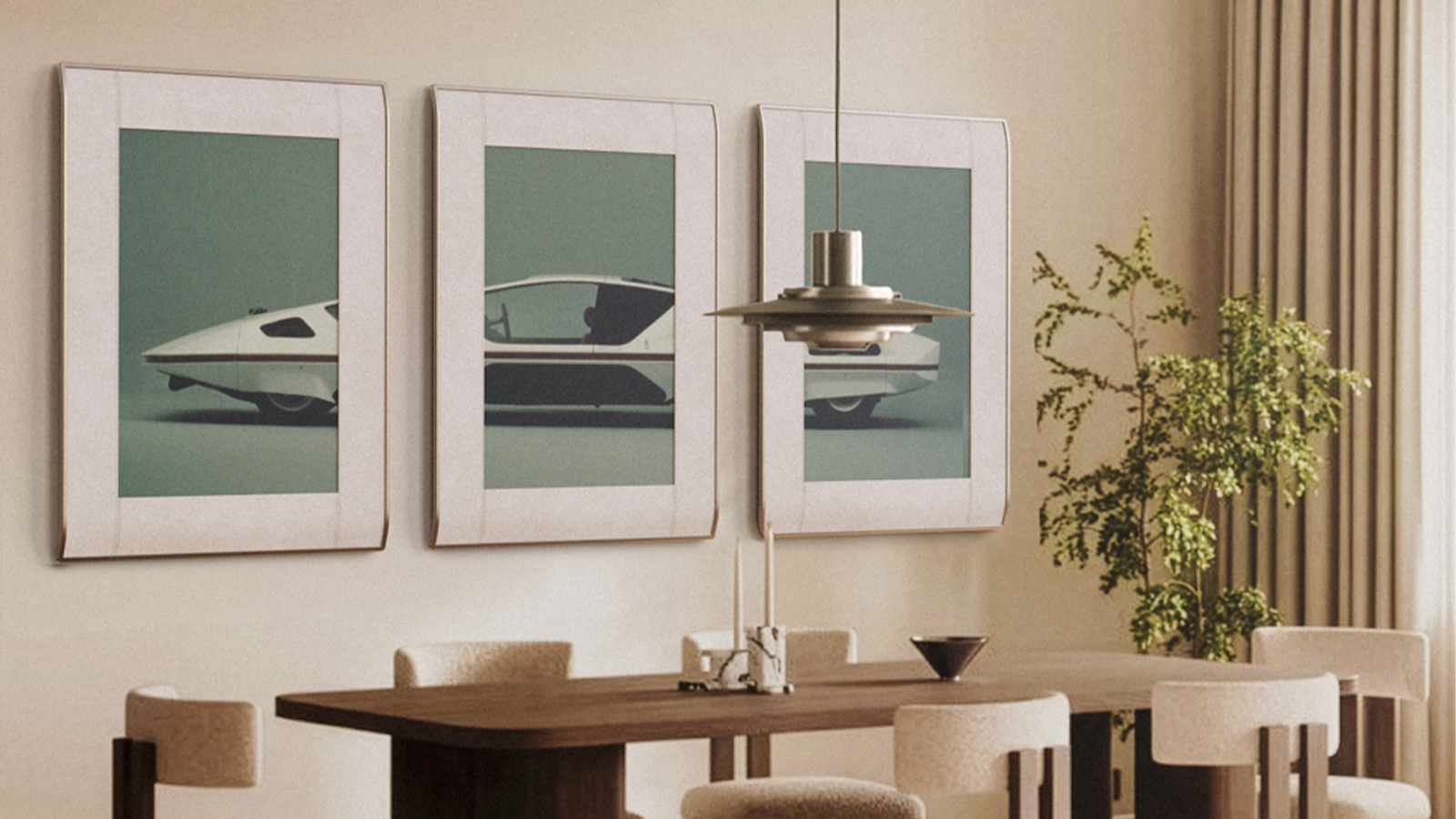This cosy indie game lets you decorate tiny dioramas from handmade assets
It's not uncommon for developers to use pre-made assets in game development, and marketplaces like Epic Games' FAB make it accessible, whether that's for early prototype stages or even in the final game for those who do not have the time or expertise to create their assets from scratch. Kenney Vleugels is a developer who has specialised in creating this kind of asset for more than 10 years, which has also been a way to fund his game projects. Including new game, MakeRoom.
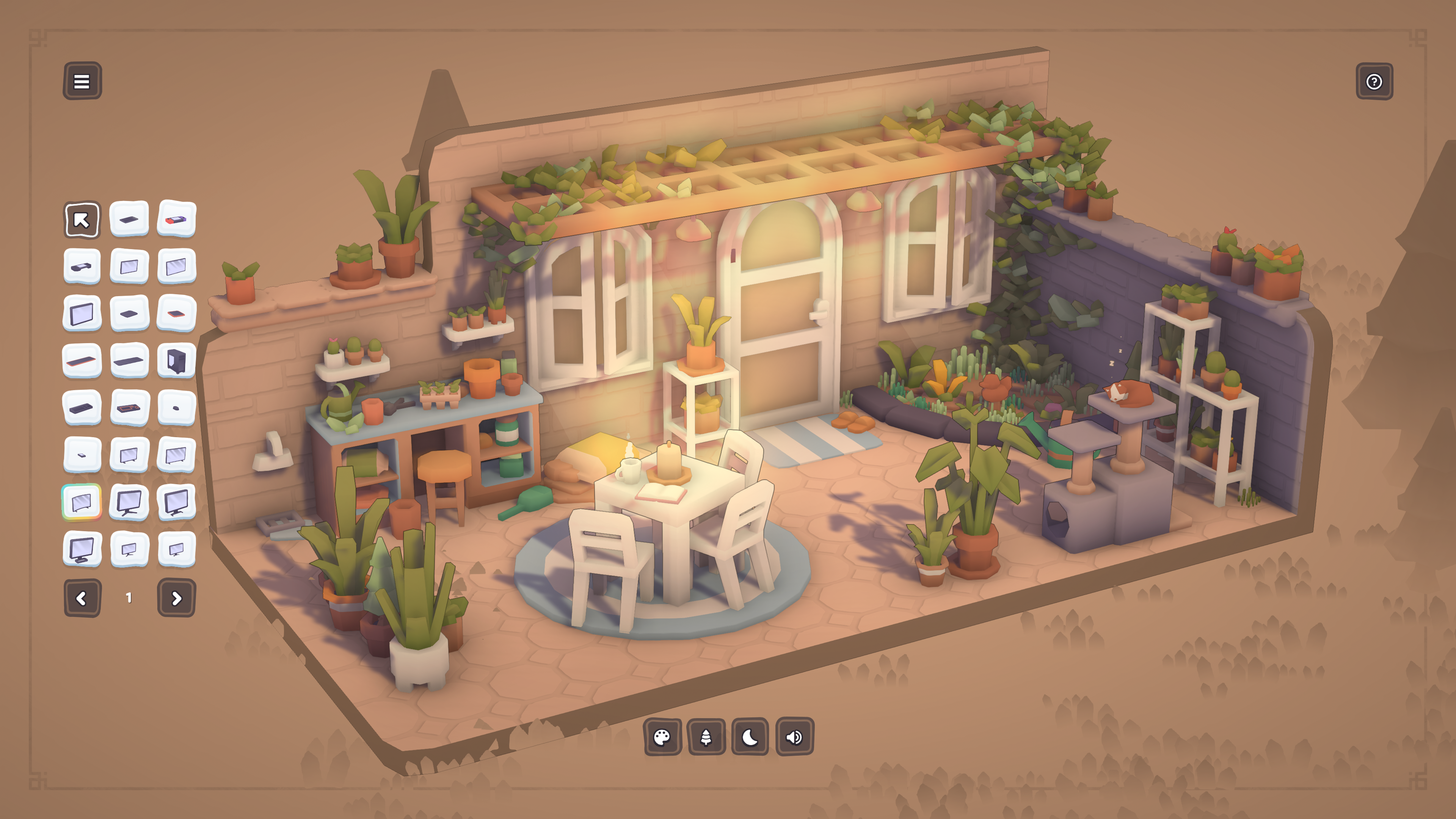
Free game assets
What's most notable is that all of his assets are shared completely free via his website Kenney.nl, while the business is funded through donations, a philosophy that he has stuck with.
"There are no sponsors or corporations financing this, it's just the community donating, and that allows me to have some room to create games," Kenney explains. "People make requests, but I don't do [paid] commissions, simply because I don't have the time to do so, and I'd rather spend the time on creating assets that everyone can use instead of doing commissions for a single game."
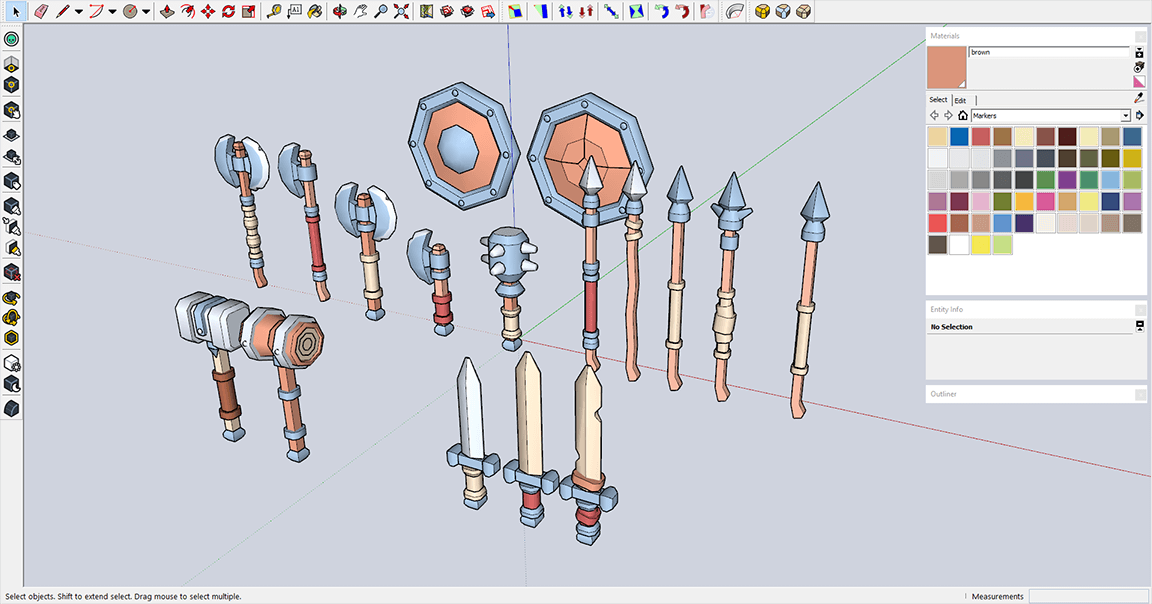
Being completely free also makes these assets very popular choices in schools, which is also why he has kept to making family-friendly assets with a cute, cosy and cartoony aesthetic.
"I once made a pack of weapons modelled on realistic firearms, but I recently decided to remove them from my website and replace them with some more cartoony science fiction-looking weapons," he explains. "I want to make sure that schools, universities and any kind of studio can link to my website and know the assets are okay to use in any sort of game or environment."
Kenney describes his way of creating assets as a bit unconventional, as rather than using the popular 3D modelling tool Blender, he opts for SketchUp. "It's more catered to architects, and they don't support a lot of file formats, so I had to write my own code in Unity to export it to different file formats, but I just like the workflow."
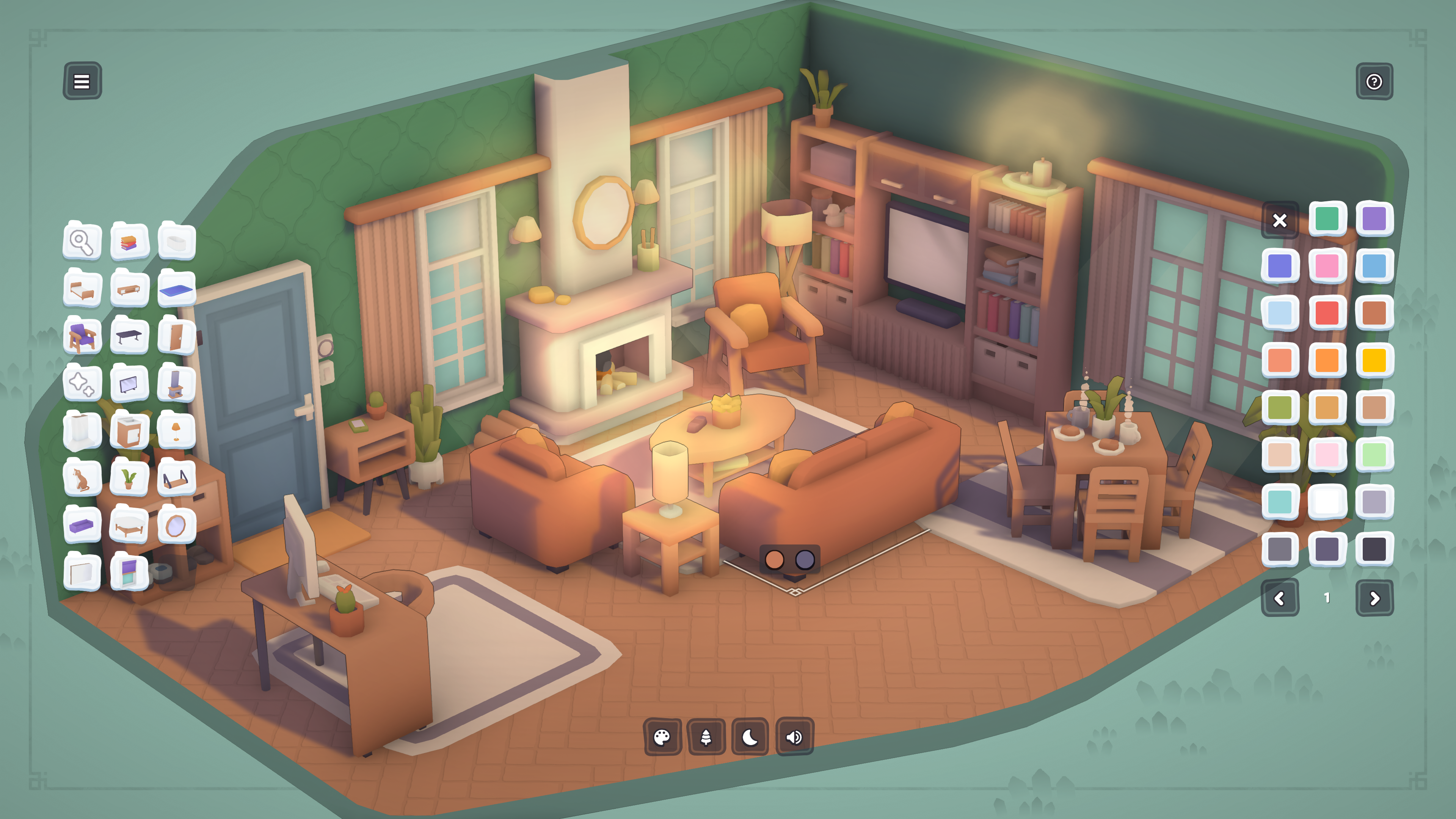
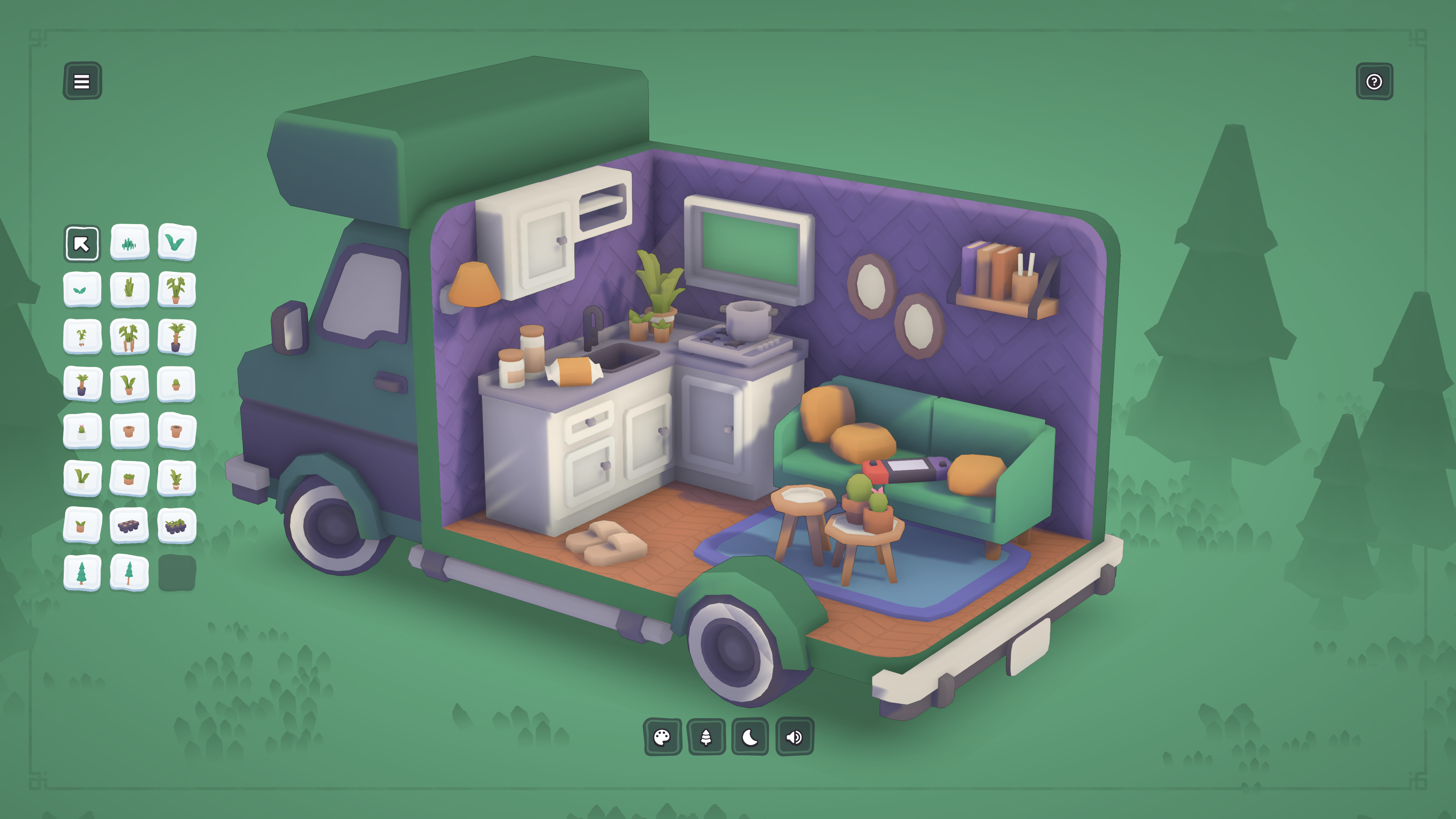
His passion, however, is still in making games – indeed, he started making assets after offering character models from one of his cancelled games – and he believes that understanding the development process also helps him create better assets. While his previous games have been much more bite-sized, MakeRoom is a more substantial title, and one that leverages his expertise in asset creation, where players can design their own furniture or choose from over 1,000 objects to decorate their own cosy rooms.
Daily design news, reviews, how-tos and more, as picked by the editors.
As someone who has already made tens of thousands of family-friendly assets, you might assume the game repurposes Kenney's existing asset library, but he tells me that MakeRoom's assets are all made from scratch.
"I want my games to feel unique and make sure that all the furniture and all the objects in the game fit together, and that there's one cohesive visual style for the game," he explains.
He does admit that over the years, this will have meant he has found himself creating the same assets again, though that is important too. He says, "I often update my older stuff because some game assets were released 10 years ago, my skills weren't as good as they are now, and visual styles also change throughout the years. So I often go back to the old assets and just add some new details or even remake them from scratch."
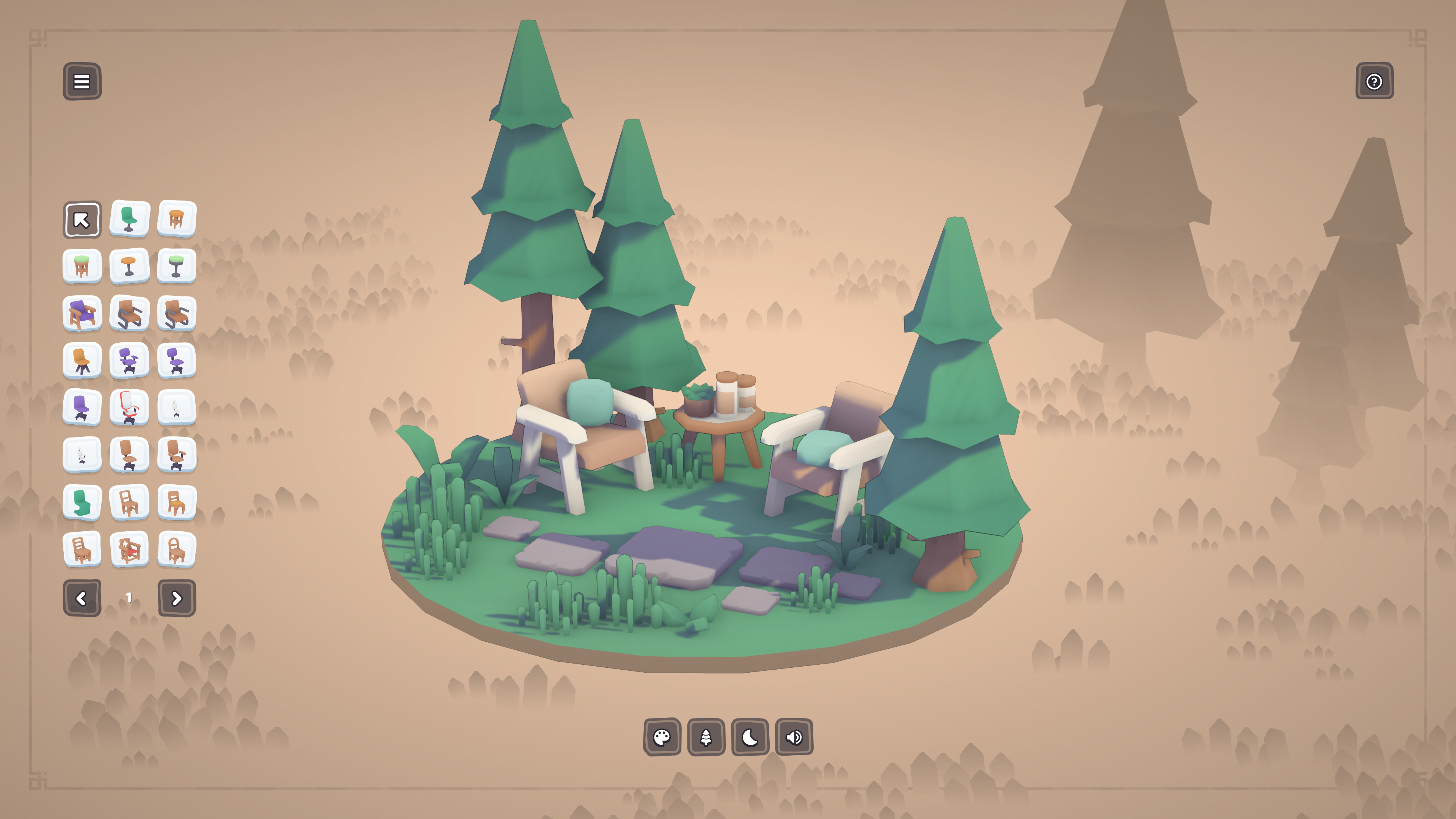
Intriguingly, the core of MakeRoom is a sandbox mode where players are just free to decorate rooms or small dioramas however they wish, while all the assets are available from the start. There is, nonetheless, a kind of Animal Crossing: Happy Home Designer-style mode where you do get to take on requests from inhabitants on an island, though Kenney stresses this isn't a campaign as such and you're not required to play through it to unlock more items, for instance.
"The objectives are there to learn the controls and to also give players inspiration on types of rooms they can design," he explains. "But it's not the main focus of the game, which I think sets it apart from a lot of the games that also allow people to decorate rooms."
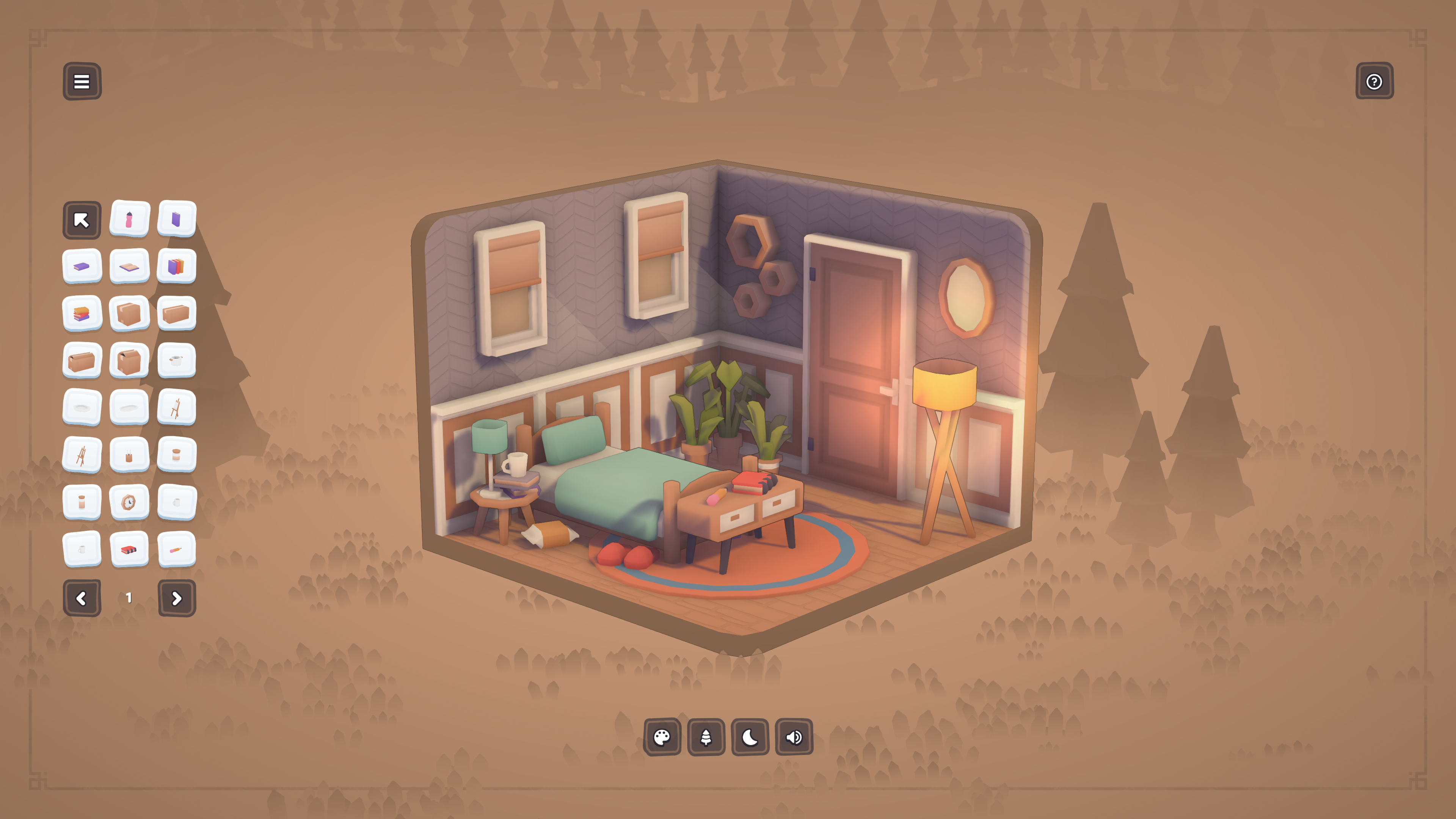
Ultimately, the fact that you're only decorating fairly compact real estate means there's a limit on what you can place in them, which in turn makes the process a little more accessible for someone who just wants to casually decorate for a short burst.
"I love doing game jams where people have to make a game within a few days, because a limitation like that actually fuels the creativity of people, while saying you can do anything overwhelms people," Kenney concludes.
He adds: "So it was absolutely on purpose to make something smaller, not overwhelm people with a lot of options. If you place a few chairs and tables, you can quickly get to a result. But you can also spend hours placing everything perfectly, switching colours, and changing patterns. So it's a shorter game to play, but where you can spend some more time on if you wish."
MakeRoom releases for PC on 7 August. Feel inspired? Read our guide to the best no-code game dev software.

Alan Wen is a freelance journalist writing about video games in the form of features, interview, previews, reviews and op-eds. Work has appeared in print including Edge, Official Playstation Magazine, GamesMaster, Games TM, Wireframe, Stuff, and online including Kotaku UK, TechRadar, FANDOM, Rock Paper Shotgun, Digital Spy, The Guardian, and The Telegraph.
You must confirm your public display name before commenting
Please logout and then login again, you will then be prompted to enter your display name.
